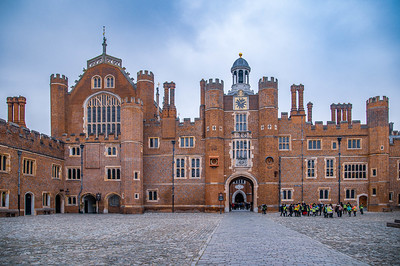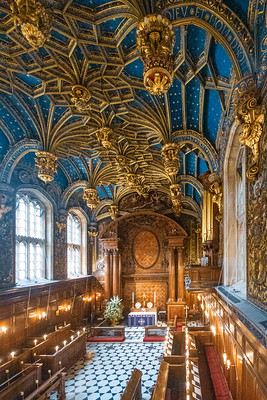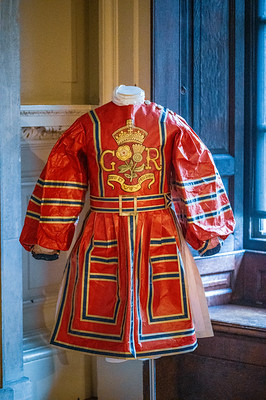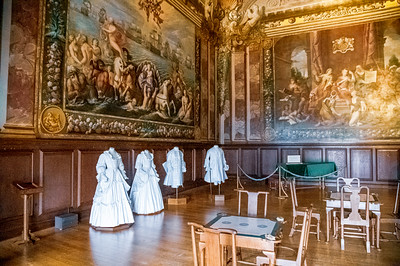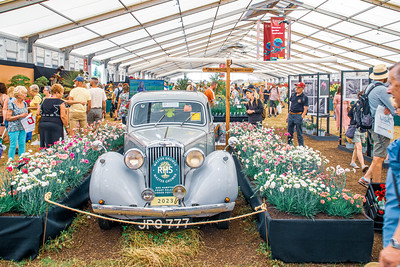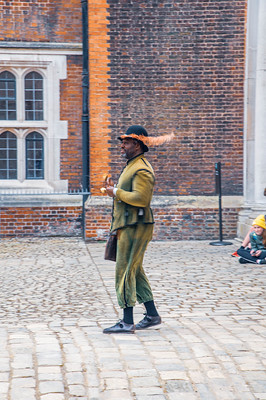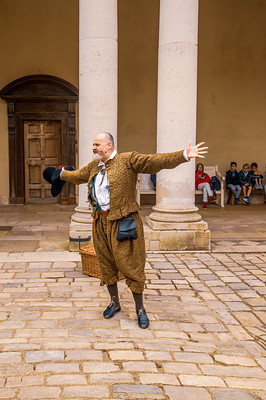The original Tudor Hampton Court Palace was begun by Cardinal Wolsey in the early 16th century, but it soon attracted the attention of Henry VIII, who brought all his six wives here. Surrounded by gorgeous gardens and famous features such as the Maze and the Great Vine, the palace has been the setting for many nationally important events.
When William III and Mary II (1689-1702) took the throne in 1689, they commissioned Sir Christopher Wren to build an elegant new baroque palace. Later, Georgian kings and princes occupied the splendid interiors. When the royals left in 1737, impoverished 'grace and favour' aristocrats moved in.
Queen Victoria opened the palace to the public in 1838. It has remained a magnet for millions of visitors, drawn to the grandeur, the ghosts and the fabulous art collection.
Cardinal Thomas Wolsey, Henry VIII’s Lord Chancellor, started Hampton Court Palace’s transformation from ordinary country house to magnificent palace.
Wolsey wanted to create a grand building where he could host not only the King and the royal court but also monarchs from across Europe.
Investing huge sums of money, he created a palace fit for the King. Wolsey was so successful in his work that Henry eventually took Hampton Court for himself.
ww.hrp.org.uk
